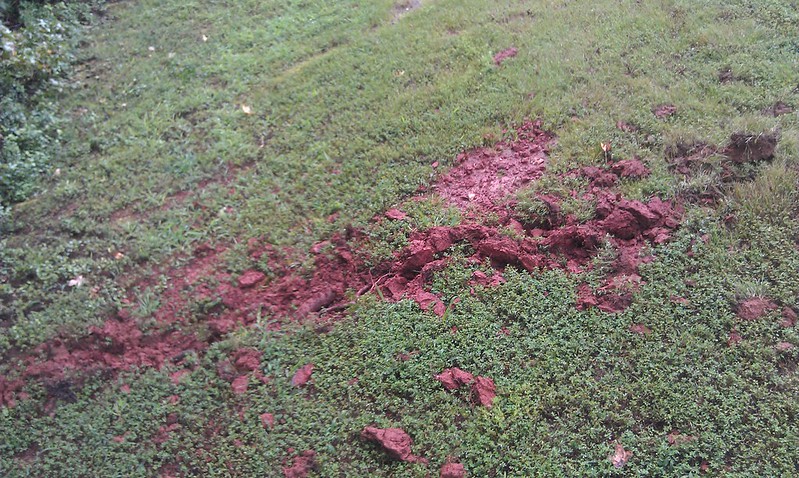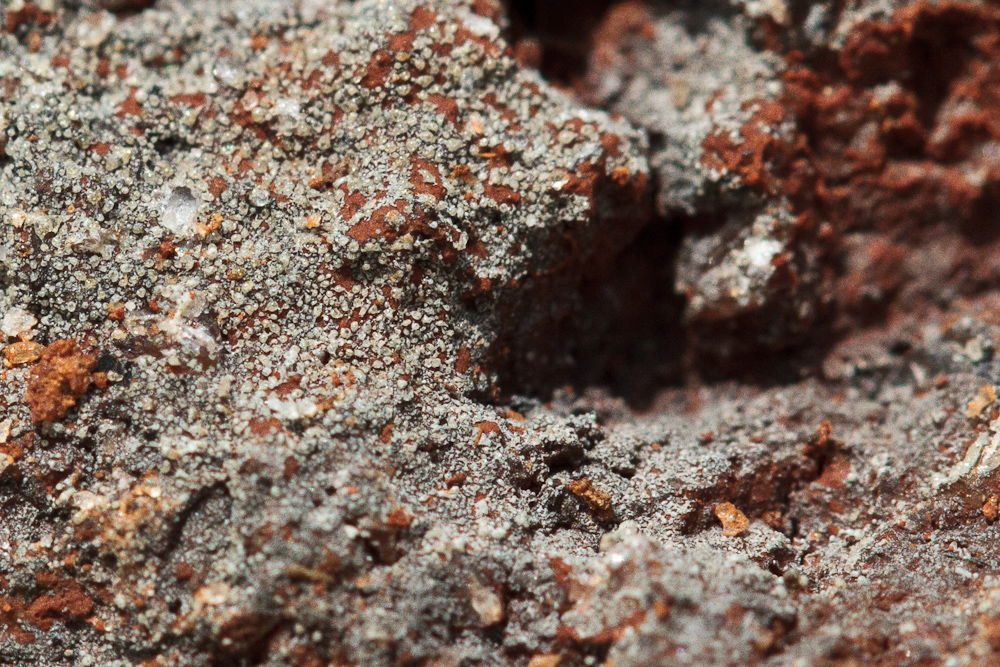Back when I first got my pilot's license the Canadian MoT used to send out accident reports on a quarterly basis (on paper, this being before the web), and they made for morbidly fascinating reading. Thunderstorms and lightning strikes were particularly interesting to me, especially since much of my recreational flying was in a glider in convective conditions. Lightning strikes on aircraft used to be a lot more common when big commercial aircraft weren't able to fly above the weather and strike mitigation was less well-understood (fatal strikes on jet aircraft in the 60s and 70s caused several design changes). But it can still be a problem for aircraft that spend their lives down in the bumpy parts of the atmosphere -- and of course even the big jets pass through that regime on t/o and landing. And meanwhile we're always developing (and increasingly relying on) electronic control systems that may be more sensitive and building more of the aircraft structure out of composites which may be less or even non-conductive (the conductivity of the aluminum skin of most aircraft is actually an advantage in most cases, as it allows charge to spread out rather than dangerously concentrate, and it can act as a Faraday cage for things inside it; for this reason, composite elements on recent commercial aircraft include conductive components expressly for lightning mitigation).
Some of the more interesting incidents and accidents are summarized in
this report, starting at page 74 (though I warn against reading if you are a nervous flier). My favorite (in as much as it wasn't fatal and it demonstrates the mysteriously freaky power of positive lightning strikes) is probably this one:
Uman et al wrote:The event involved a Convair aircraft, Flight 517, taking off from the Salt Lake City Airport on October 15, 1965. At the time of the event, there was some light rain in the area but apparently no lightning other than the event to be described. During takeoff, an extremely loud noise occurred. The first officer stated to the pilot that he believed they had sustained a lightning strike, subsequently confirmed by observers in the control tower, based on his observation of a blue-white glow around the nose of the aircraft at the time of the explosion. The aircraft returned to the airport. Three large holes were found in the runway which exactly matched the dimensions of the two main landing gear and the nose wheel. The largest hole, under the right main gear, was nearly 2 m in diameter and 15–20 cm deep. Pieces of asphalt as large as 0.3 m had been hurled 30–50 m down the runway. The aircraft suffered numerous burns to the wheel rims and fuselage just aft of the nose wheel-well. The rotating beacon, the grounding wire on the right main gear, and the fixed vertical stabilizer cap were burned off
Another incident mentioned in that report but fully documented
here is the freakiest for me, and not just because it involves a glider. Like most modern sailplanes, this glider's structure was entirely fiberglass, which is insulating, but contained numerous metal parts. In particular, the control linkages are mostly aluminum or steel, and in this case a positive strike apparently entered the aircraft structure through the aileron fittings and passed through the wing via the control tubes. In the process it flash-heated various components and the air inside the wing, which created enough overpressure to both blow out the canopy and delaminate the fiberglass (basically partially blowing the wing apart from the inside). The freakiest thing, though, was the damage to the control tube itself: the electromagnetic flux travelling along it was so high that it caused the tube (16mm aluminum with a 1 mm wall thickness) to
collapse on itself (bottom three pictures
here), becoming essentially a twisted solid rod thanks to Lorentz forces and
Ampère's Law. That may have been aided by heating, but the aluminum is quite conductive and metallurgical analysis suggested the metal didn't get hotter than 200°C. Yet he investigators were completely unable to duplicate this effect with the highest (312 kA) electrical power available to them. Some things about lightning remain mysterious.
ludi wrote:Sounds like you had a (comparatively rare)
positive strike, to dig up the root like that. But yes, induced potential in building wiring is quite common for nearby strikes. Could have been worse, though: about fifteen years ago, there was a strong positive strike that took out a tree near Ft. Collins, Colorado and dug up the roots in a similar fashion to what you saw, but it induced a high enough potential in the adjacent house that it blew up all of the electrical wiring. There were pictures in the paper showing ray gun blast patterns around every single light figure and coverplate in the structure.
I remember reading about that one (or one very much like it). As I recall they had to strip all the wiring out of the house and all the appliances had to be replaced. (If it's the one I'm thinking of I recall that the strike entered through the dryer vent and the dryer, completely vaporizing that accordion-style dryer hose).




